How the Assassin's Creed Mirage logo and its celebration of Arabic calligraphy came to life
On the Radar | The making of the Assassin's Creed Mirage logo and its hidden meaning
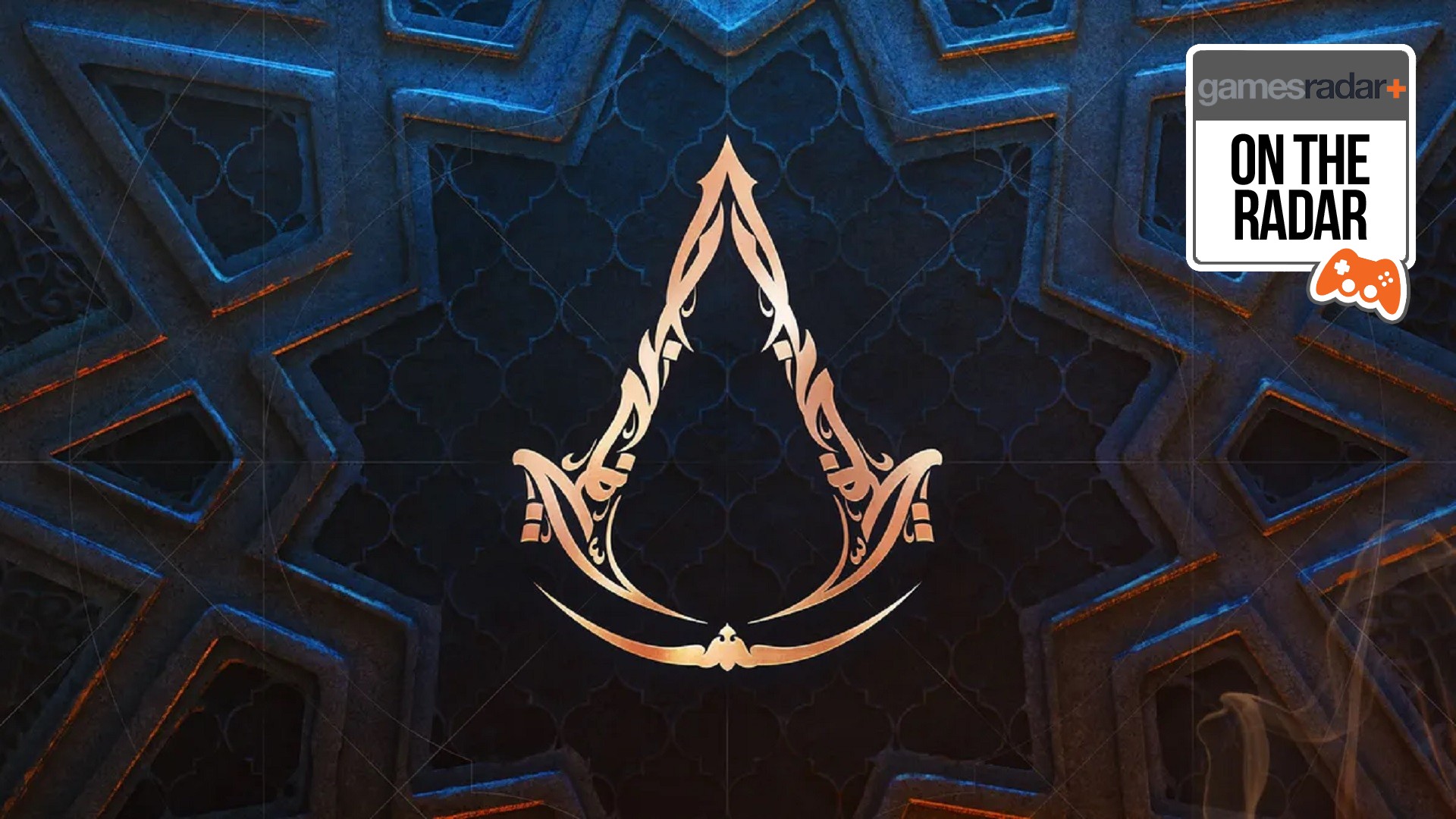
The Assassin's Creed series has taken us to various historical playgrounds over the years, with stealthy adventures set everywhere from the cobbled streets of Victorian England to the sandy deserts of ancient Egypt. But from its inception in 2007, one thing has remained constant: the logo. The classic emblem that decorates the title of each game has become synonymous with Assassin's Creed, and it's arguably one of the most recognizable logos in the world of video games. Its design has always subtly changed to suit the time period and setting of each installment, granted, and I've always loved how the insignia featured bolts to reflect the industrial revolution era of Assassin's Creed Syndicate; or the way it changed shape and framed a helmet to be in keeping with the Greek setting in Assassin's Creed Odyssey.
Assassin's Creed Mirage is set to take us to Baghdad in the 9th century, and the team at Ubisoft Bordeaux thought about the logo and what they could do to give it a unique twist of its own to reflect Basim's journey.
"We thought about that early on, because you know you have the responsibility when you make an Assassin's Creed game to think about the whole package," art director Jean-Luc Sala says. "You need to bring an iconic character, and the cool logo, because otherwise everyone is going to complain… you can never beat the coolness of Ezio or the coolness of that first logo - which is now our logo as a brand. So my first thing was just like, why don't we keep the logo of the brand, because it's the time period when it was just the right thing. But they wanted us to have our own version of it. So I immediately thought about Arabic calligraphy. It really was my first reaction."
Hidden meaning
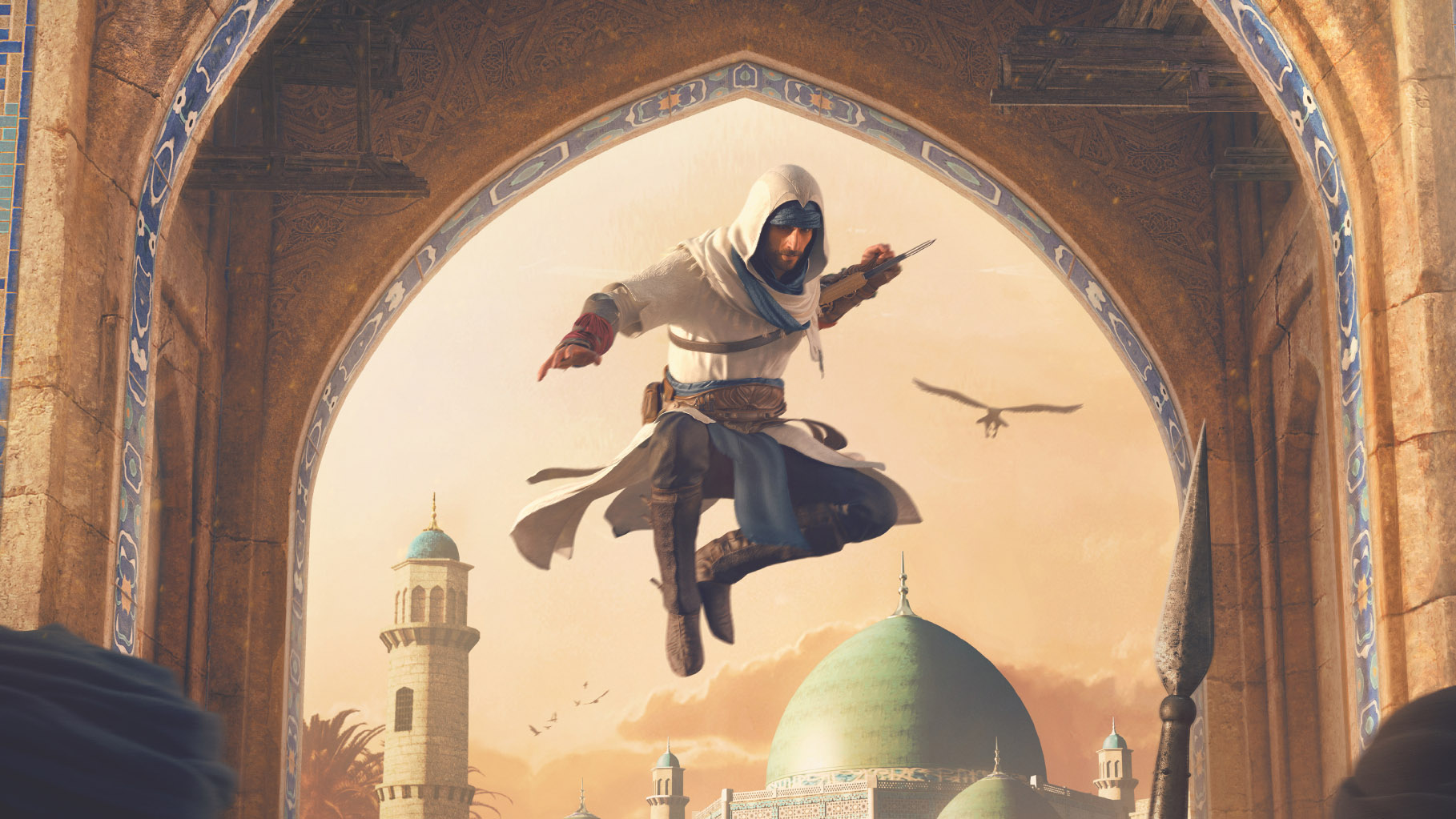
For Sala, who grew up on the other side of the Tigris River in Iran, Assassin's Creed Mirage presented the opportunity to artistically realize a landscape and setting he had such fond memories of as a child.
"I was 11 years old so it's kind of Paradise Lost somewhere in my brain," Sala says of growing up in Iran. "I had to leave that country really quickly as it was going into dangerous and crazy places. So for me, Baghdad just was a peaceful time of childhood, good memories, and stuff like that. To have the opportunity now to say this is right or wrong, this feels right or wrong, this is good lighting, there's not enough dust in the atmosphere, I need frog corners somewhere along the river… I had my favorite frog spots so this is actually really authentic, but no-one will know that. I asked for it, so we do have a few frogs."
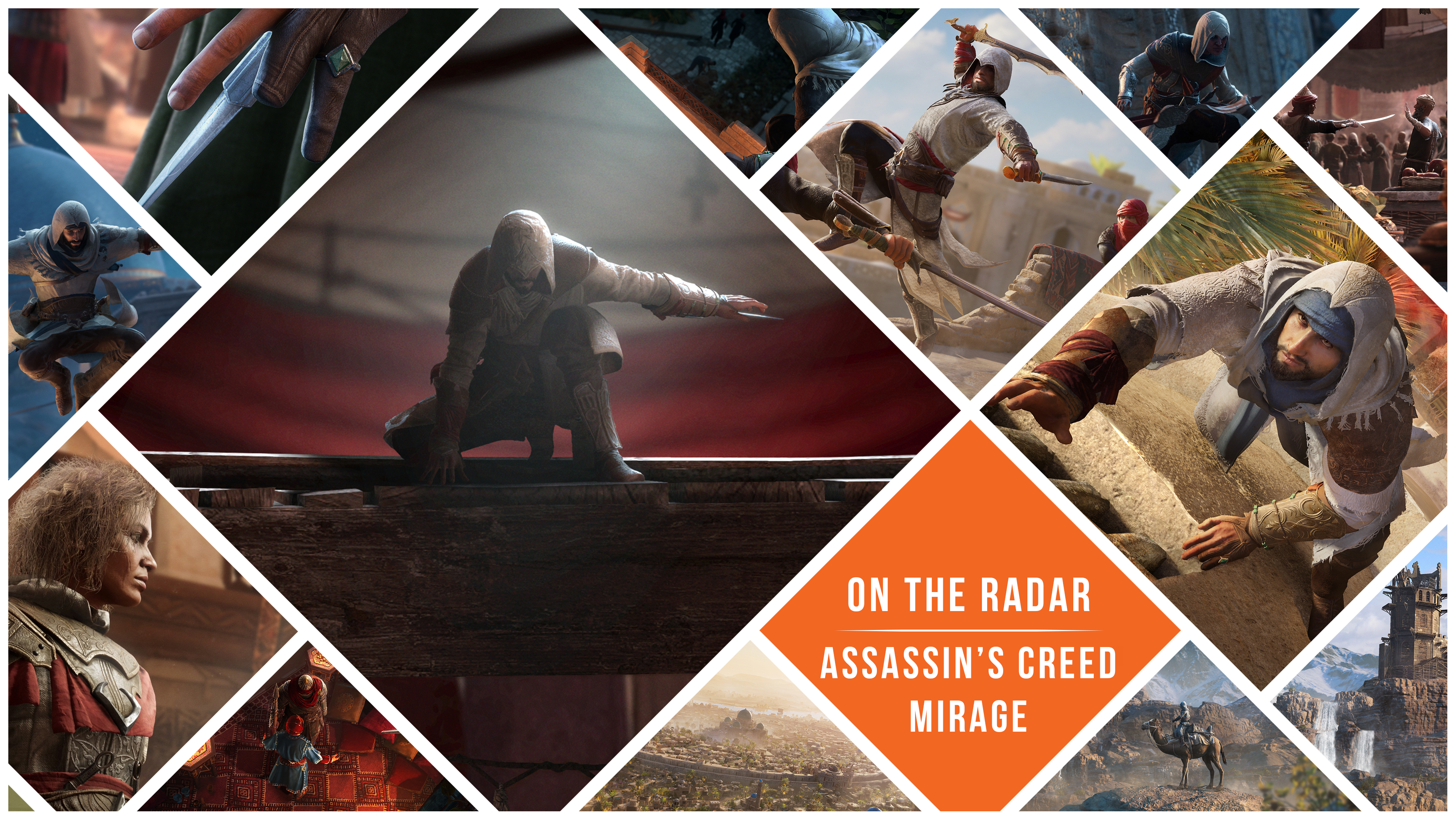
The story behind the logo is part of our week of Assassin's Creed Mirage on the Radar coverage.
The team also recognized an opportunity to celebrate the culture and beauty of Arabic calligraphy for the design of the logo. When we first saw the title for Assassin's Creed Mirage during the 2022 Ubisoft Forward, it was soon revealed that there is more to the emblem than meets the eye. With the story following Basim who we first met in Assassin's Creed Valhalla, we'll see him transform from a street thief to a master assassin as he joins The Hidden Ones. The organization is the original incarnation of the Assassin's Creed Brotherhood, which was founded by Assassin's Creed Origins protagonist, Bayek of Siwa. With the Hidden Ones playing such an integral role in Mirage, it makes perfect sense that it's incorporated into the logo.
"He [Jean-Luc Sala] did some tests with other words, but 'Hidden Ones' was the best looking crest," creative director Stéphane Boudon explains. "It went so well with everything, because Mirage is also a name that has an importance inside the story along with the Hidden Ones in the logo, so everything will make sense."
Sign up to the GamesRadar+ Newsletter
Weekly digests, tales from the communities you love, and more
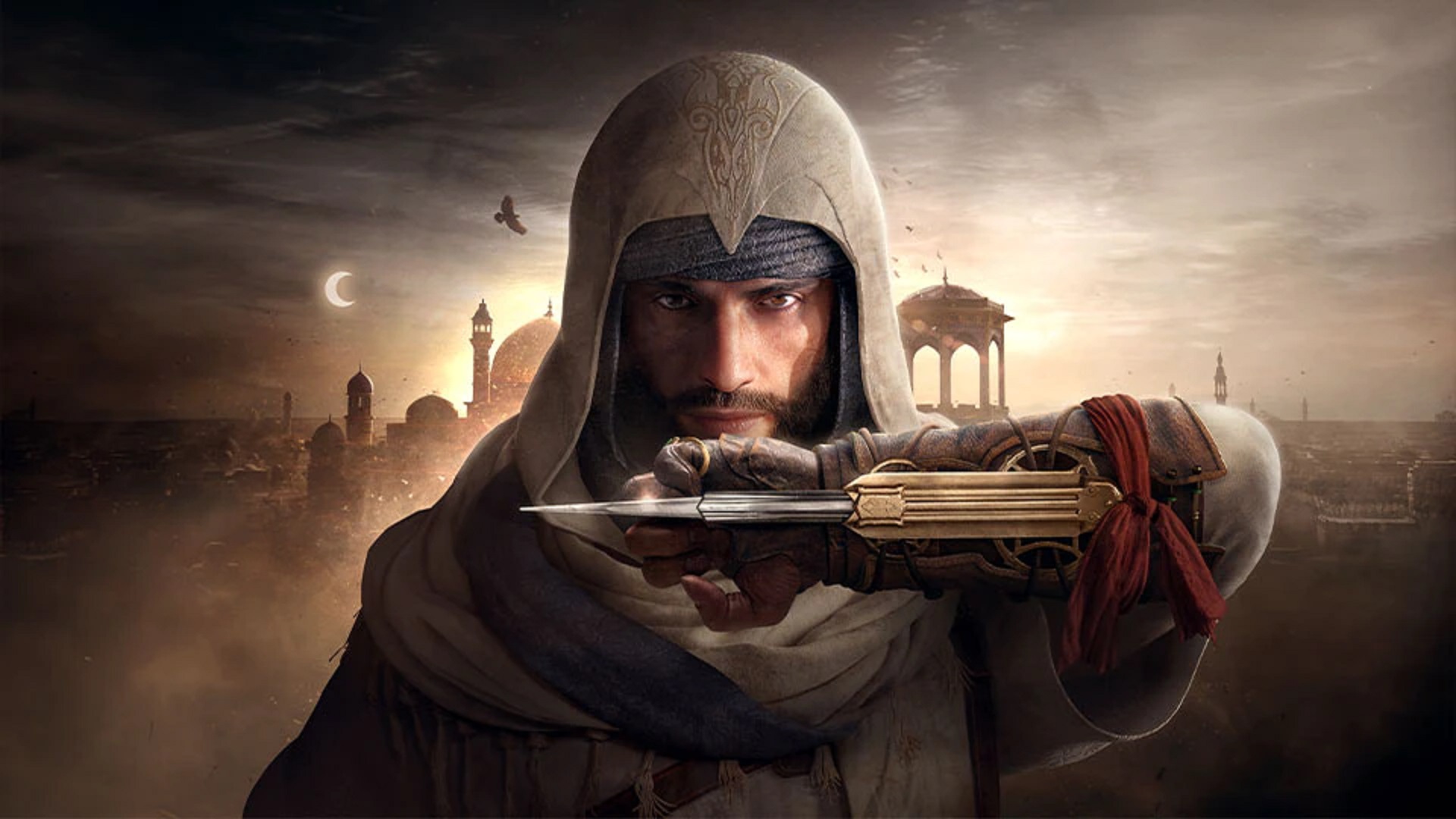
"It was just like, this is it. No debate, no discussion - this is the logo."
Jean-Luc Sala, design director
How the word is woven into the logo also aptly reflects the setting of the upcoming adventure through the use of Arabic calligraphy. As Sala says, the idea to use calligraphy came to mind early on, but it wasn't until the team reached out to a well-known Arabic calligrapher that the logo began to take shape into what it is today.
"Arabic calligraphy is so different, it's art," Sala adds. "But I don't practice it so I can't show it's cool. So we needed to find an artist to write some because it's all based on the word. It's not just drawing, the word gives the shape, so you need someone who is used to writing a phrase or poetry. The shape of it is going to be art from afar. So we identified an artist who's a well-known calligrapher in the Arabic world, who was into it and enthusiastic [about the project]."
While there's a hidden meaning to the Arabic used for the logo that feeds into the story and setting of Mirage, it's also meaningful to have it front and center in the title of the game as a true celebration of Arabic calligraphy. For Basim actor Lee Majdoub, the serendipitous arrival of Mirage and its use of Arabic came during a time of personal reflection at a serendipitous time when he was reclaiming his culture.
"Historically, Assassin's Creed has done such a good job with historical accuracy, and that was big for me too," Majdoub says. "Part of my struggle, in my youth and into my early 20s, was around being Middle Eastern. I struggled with that, as there was a lot of racism, so I was cutting myself off from that part of me, choosing to no longer speak Arabic, no longer wanting to be a part of it or be associated with it.
"Funnily enough, part of my life's journey in the last few years has been clicking back into my culture," Majdoub continues. "I'm of Lebanese background, and seven or eight months before Mirage came about, I reached out to my mom and I said I want to relearn the language, can you help? So my mom and I, two / three times a week we're on the phone, we're on video chats, and I was learning to rewrite, relearn, and respeak. Then a month later, Mirage comes and they're like 'Can you speak Arabic? Can you read Arabic?'.
Since Assassin's Creed Mirage will take us back to the 9th century, the team initially explored some classical takes on the logo, but when the calligrapher sent over their design, it was a sealed deal.
"In parallel, we were working on classical logos and we did, I don't know how many," Sala says. "But [when the artist sent theirs through] we ended the process because it was exactly what we wanted. It was one proposition versus 300. It was just like, this is it. No debate, no discussion - this is the logo."
The series' famous logo has become a permanent fixture, but it's exciting to see how each entry lends its own unique take on the signature emblem. Assassin's Creed Mirage is no exception, with a design that reflects not just an important aspect of the story in Basim's adventure, but also serves as a celebration of the culture and art of the setting.
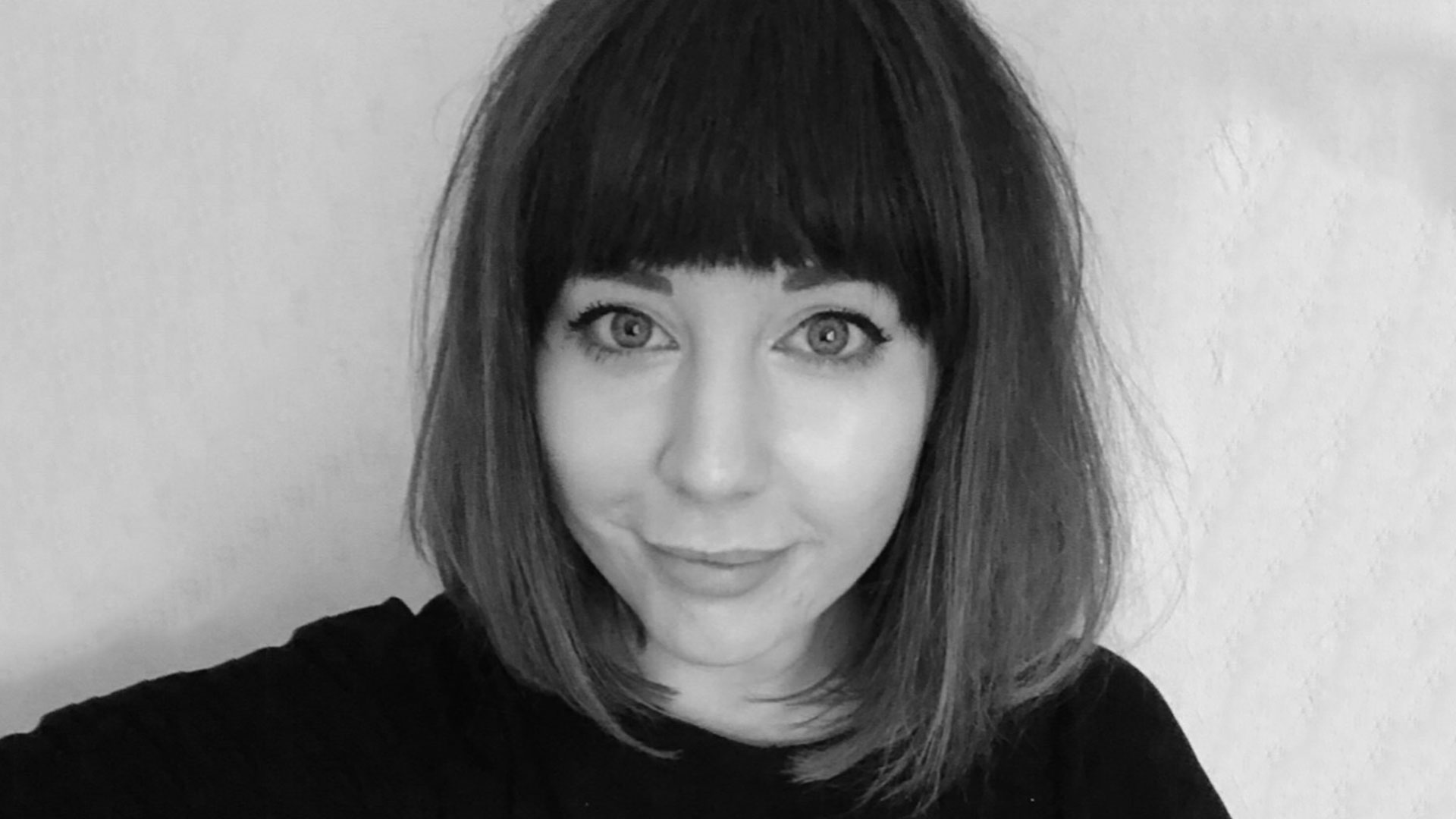
I started out writing for the games section of a student-run website as an undergrad, and continued to write about games in my free time during retail and temp jobs for a number of years. Eventually, I earned an MA in magazine journalism at Cardiff University, and soon after got my first official role in the industry as a content editor for Stuff magazine. After writing about all things tech and games-related, I then did a brief stint as a freelancer before I landed my role as a staff writer here at GamesRadar+. Now I get to write features, previews, and reviews, and when I'm not doing that, you can usually find me lost in any one of the Dragon Age or Mass Effect games, tucking into another delightful indie, or drinking far too much tea for my own good.
- Sam LoveridgeBrand Director, GamesRadar+


